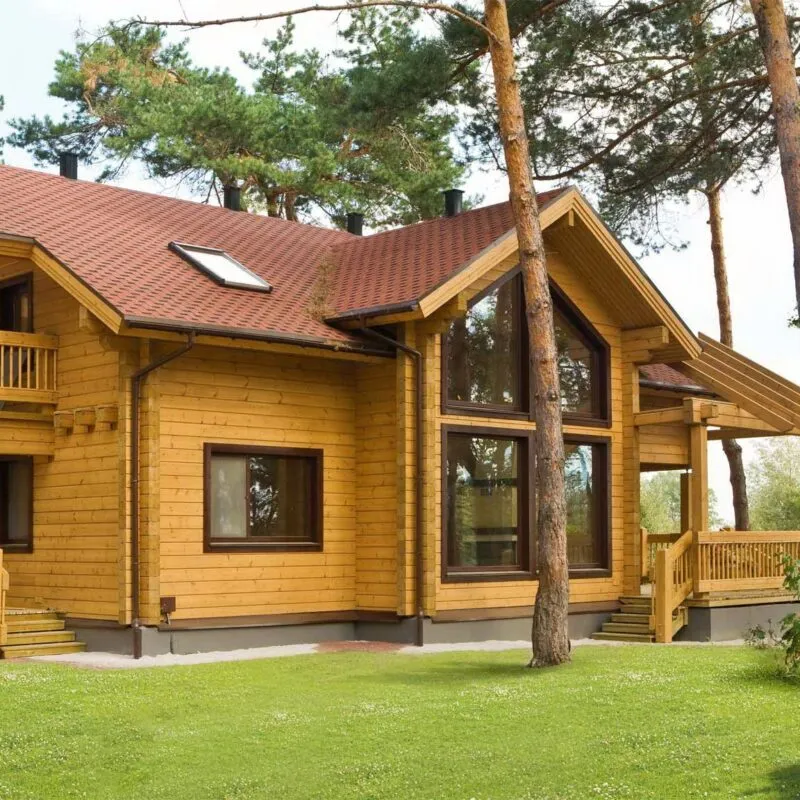Dealing with carpenter bees can be a frustrating experience, especially when you find their nests burrowed into your wooden structures. If you’ve noticed these pests making a home in your walls or eaves, you might be wondering about effective ways to remove them. One method that some homeowners turn to is vacuuming the carpenter bee holes. While it might sound unconventional, using a vacuum can help manage these pesky insects. In this guide, we’ll walk you through how to vacuum carpenter bee holes, offering practical steps and tips to tackle the problem effectively.
Understanding the Basics of Vacuuming Carpenter Bee Holes
Vacuuming carpenter bee holes involves using a vacuum cleaner to remove bees from their nests. This method can be effective for managing infestations, especially when combined with other control strategies. Here’s why vacuuming can be a useful approach :
- Direct Removal
- Immediate Impact: Vacuuming can quickly remove bees from their nests, providing immediate relief from the infestation.
- Minimizing Disruption: This method can be less disruptive than other methods that may involve chemical treatments or extensive physical repairs.
- Complementary Treatment
- Works Best with Other Methods: Vacuuming is often most effective when used alongside other pest control techniques, such as applying insecticidal dust or sealing entry points.
Equipment Needed for Vacuuming Carpenter Bee Holes
To successfully vacuum carpenter bee holes, you’ll need the right equipment:
- Vacuum Cleaner
- Type: A shop vacuum or a vacuum with strong suction power is ideal. These vacuums are better suited for handling debris and pests compared to standard household vacuums.
- Attachment: Use a narrow nozzle or a crevice tool to reach into the small holes where carpenter bees nest.
- Protective Gear
- Safety First: Wear protective clothing, including gloves and safety goggles, to avoid direct contact with bees or debris.
- Face Mask: A face mask can help protect you from inhaling dust or debris during the vacuuming process.
Step-by-Step Guide to Vacuuming Carpenter Bee Holes
Follow these steps to effectively vacuum carpenter bee holes:
- Identify and Locate the Holes
- Inspection: Examine your wooden structures to find the carpenter bee holes. Look for small, round openings and signs of wood shavings or frass around them.
- Map Out Infested Areas: Mark the locations of the holes to ensure you address all active nests.
- Prepare the Vacuum Cleaner
- Set Up: Attach the narrow nozzle or crevice tool to your vacuum cleaner. Ensure that the vacuum is functioning properly and has enough suction power.
- Safety Check: Put on your protective gear before starting the vacuuming process.
- Vacuum the Holes
- Direct Application: Place the nozzle of the vacuum over the hole and turn on the vacuum cleaner. Allow the vacuum to run for several minutes to ensure that any bees inside the hole are removed.
- Repeat as Necessary: If you have multiple holes, repeat the process for each one. Make sure to thoroughly vacuum each hole to remove all the bees.
- Seal the Holes
- After Removal: Once you have vacuumed the holes, seal them with a suitable material such as wood filler, caulk, or expandable foam. This step prevents other bees from using the same entry points.
- Repair Damaged Wood: If the wood around the holes is damaged, consider repairing or replacing it to prevent further infestations.
Additional Tips for Managing Carpenter Bee Infestations
Here are some additional tips to help you manage carpenter bee infestations:
- Use Insecticidal Dust
- Enhanced Control: Applying insecticidal dust into the holes after vacuuming can help eliminate any remaining bees and prevent future infestations.
- Monitor and Inspect
- Regular Checks: Continue to monitor the treated areas for any signs of new bee activity. Regular inspections can help you catch and address new infestations early.
- Preventative Measures
- Seal and Paint Wood: Prevent carpenter bees from nesting by sealing and painting wooden surfaces. Bees are less likely to drill into treated or painted wood.
- Consult a Professional
- Expert Help: If the infestation is severe or you’re unsure about handling the process yourself, consider consulting a pest control professional for assistance.
Final Toughts
Vacuuming carpenter bee holes is an effective method for removing bees from their nests and managing infestations. By following the steps outlined in this guide, using the right equipment, and combining this approach with other control methods, you can protect your wooden structures from the damage caused by carpenter bees. Regular maintenance and preventative measures will help ensure that your home remains bee-free.
FAQs
- Can vacuuming carpenter bee holes completely eliminate the infestation?
- Vacuuming can remove bees from the nests but may not be sufficient for complete control. Combining vacuuming with other methods, such as insecticidal dust and sealing, is often more effective.
- Is vacuuming safe for handling carpenter bees?
- Yes, but make sure to wear protective gear and use a vacuum with strong suction power. Vacuuming should be done carefully to avoid direct contact with bees.
- How often should I vacuum carpenter bee holes?
- Vacuuming should be done when you first notice the infestation and whenever new holes are found. Regular inspections can help manage and prevent further problems.
- Can I use a regular household vacuum for this task?
- A shop vacuum or a vacuum with strong suction is recommended for better performance and handling of debris.
- What should I do after vacuuming the holes?
- Seal the holes with wood filler, caulk, or expandable foam to prevent other bees from entering. Monitor the area and take additional pest control measures if needed.

